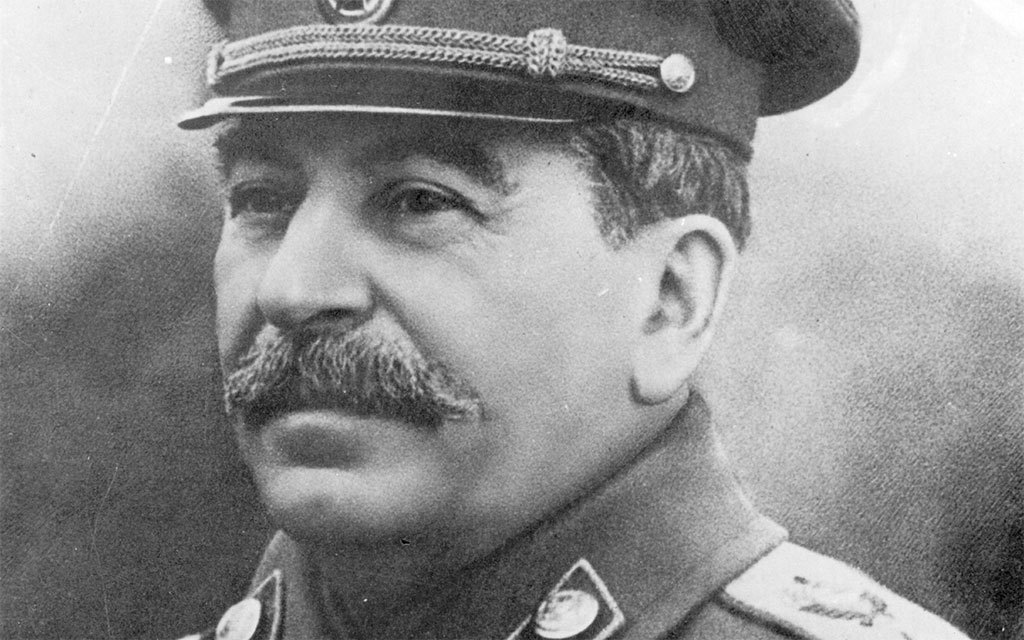The Need Arises
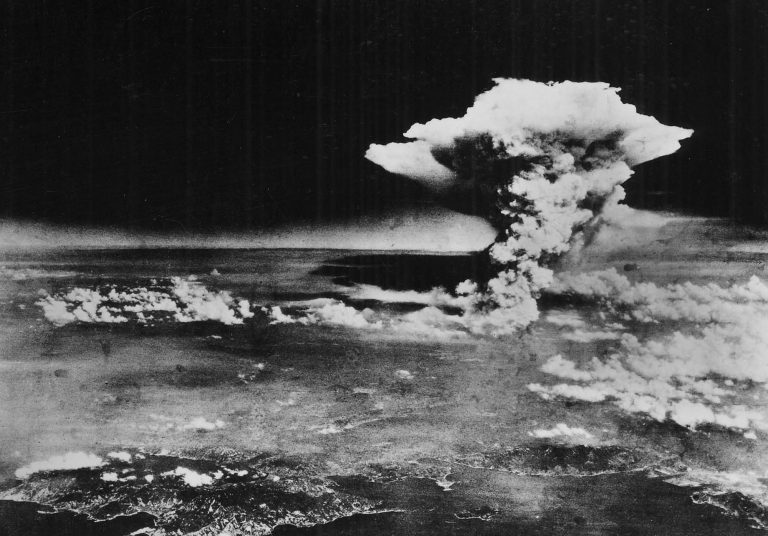 Well, that was just the beginning. The Soviet Union had miles to go. Confident and inspired from the success the team went on to expand its research. But as the research was sprawling its wing, the team realized the increasing need for plutonium. All this resulted in the setting up of two special plants. Everything seemed sorted except for the fact that both of the things were above ground that definitely was going to hinder the process. What if they get attacked?
Well, that was just the beginning. The Soviet Union had miles to go. Confident and inspired from the success the team went on to expand its research. But as the research was sprawling its wing, the team realized the increasing need for plutonium. All this resulted in the setting up of two special plants. Everything seemed sorted except for the fact that both of the things were above ground that definitely was going to hinder the process. What if they get attacked?
Krasnoyarsk Krai
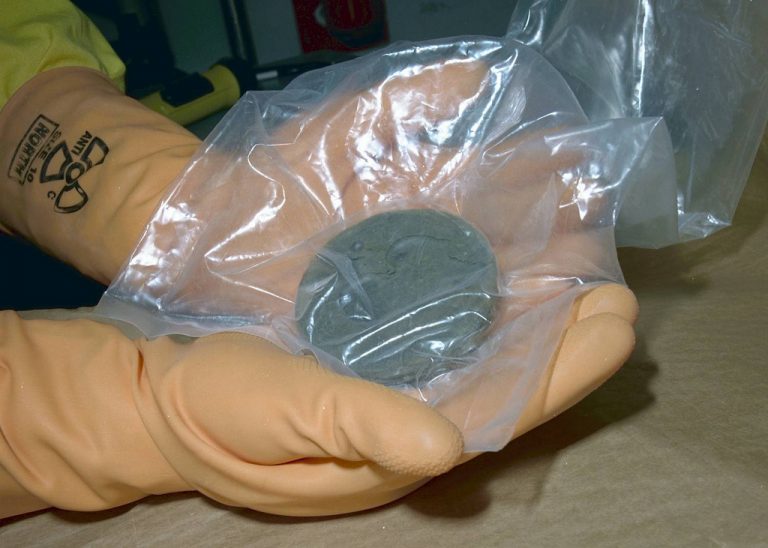
The work was in its full swing. Beria who had taken the responsibility of the task informed Joseph Stalin the requirement of the facility in the hilly region of Krasnoyarsk Krai in 1950. The plan was to have it located underground to secure the plutonium and other lethal items. The dictator said yes to the proposal and soon the work on Combine No. 815 started.
Should Be In Budget
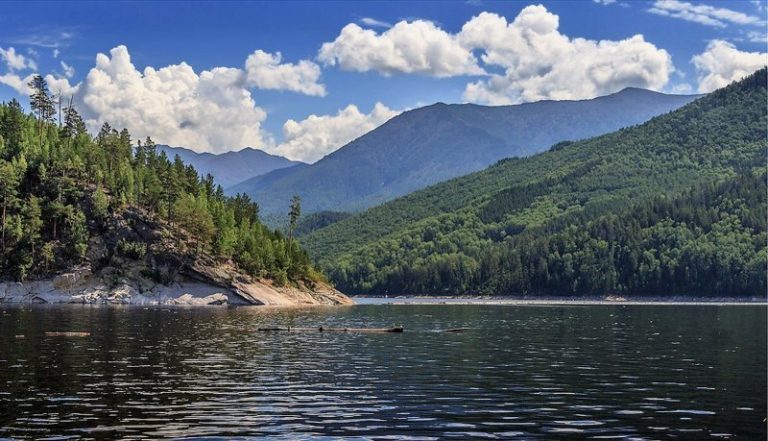
Though the government wanted to achieve the target as soon as possible they wanted it to be budget friendly too. Instead of going for expensive resources the establishment took work from inexpensive miners along with other laborers. Surprisingly, even the prisoners from Taiga were inducted into the team of workers. All of them together had to complete the project being held in a mountain area in the vicinity of Yenisei River in a short span of time.
Major Project

Interestingly, the project was only a year old and around 30,000 people had already worked on that. The counting was yet to come to an end. No doubt it was one of the ambitious projects of the Soviet government. If they pull it off they would successfully establish themselves as a superpower.
Digging Deep!
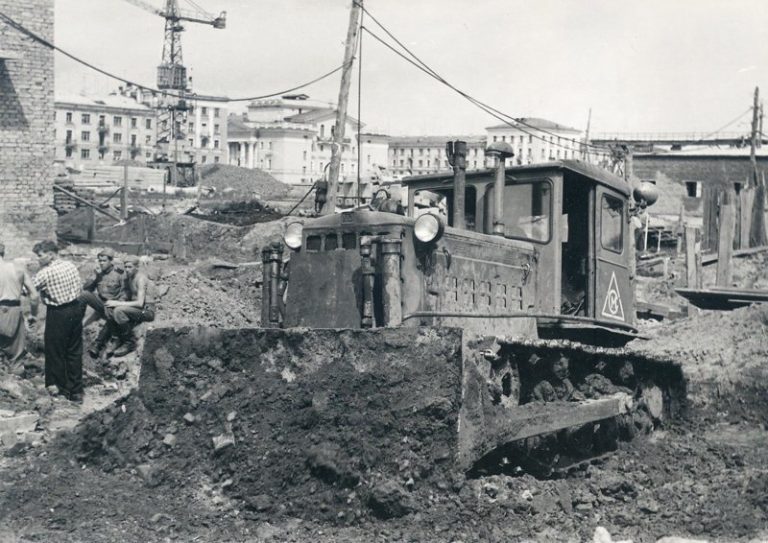 The work was consistently going on without a halt of a second. The workers kept digging until they reached to the core of the mountain. It was a tedious job that demanded full attention and time. How deep were they willing to go? Well, the aim was to reach the depth of 200 to 230 meters or reach 656 to 754 feet.
The work was consistently going on without a halt of a second. The workers kept digging until they reached to the core of the mountain. It was a tedious job that demanded full attention and time. How deep were they willing to go? Well, the aim was to reach the depth of 200 to 230 meters or reach 656 to 754 feet.
Recording It
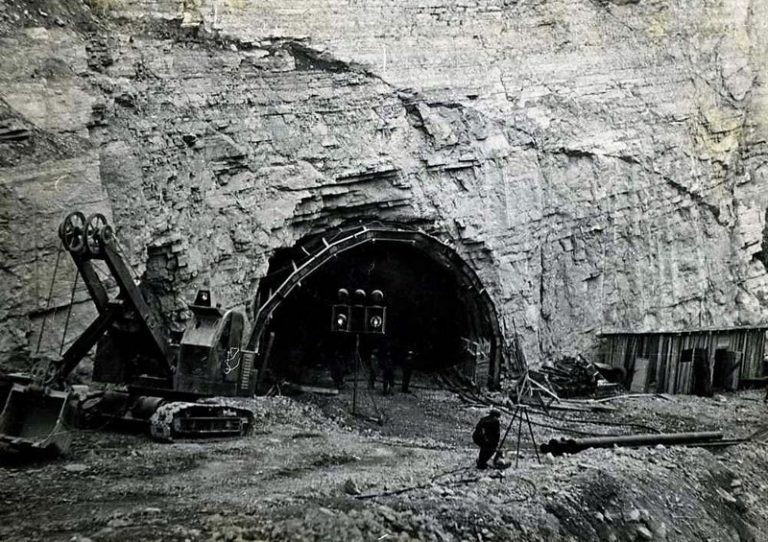
To record the magnificent project, a huge 72-meter (236-foot) camera was installed amid the mountain. The camera was positioned to keep a check on the project. Even though the camera was there documenting every step of the project, it took many years to get built. The project achieved another milestone when a tunnel for transportation was built in 1956.
